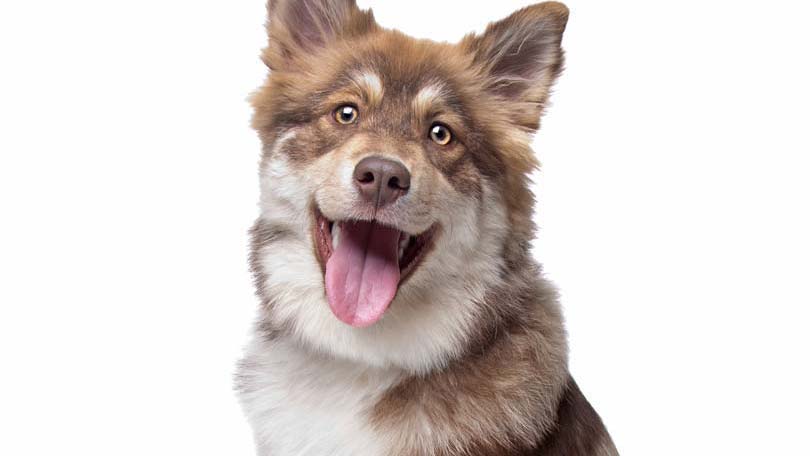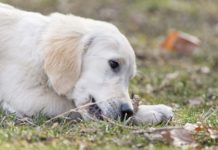
Clipping the nails on your dog doesn’t to be a scary, traumatic event. While many people prefer to leave the task to their groomer or veterinarian, in most cases with a little practice and careful attention, it can be done safely and easily at home. Take a breath, get ready, and read on to find out how you can clip your dog’s nails.
Have the Right Tools
One of the most common reasons people don’t like to trim their pets’ nails, and a reason why many pets resent having their nails trimmed, is because the wrong tools are used. The most important part of trimming your dogs’ nails is to have the proper equipment.
Nail trimmers come in many different shapes and sizes, as well as quality and effectiveness. Consult your groomer for their preferred brand or style, if you don’t have a one. Make sure you have the right size nail trimmers for your job- a nail clipper for a Labrador is probably overkill on a Chihuahua, and that Chihuahua’s clippers are no match for the nails on that hundred-pound Lab. For extremely small dogs, often cat nail clippers work best, and are easiest to use.
Never use human nail trimmers on any size of dog- they are not strong enough for the job, and instead of cutting the nail they will crush it, causing pain and instantly creating a bad experience for you and your dog.
In addition to good quality, sharp nail trimmers, get some styptic, quick stop powder. Even the most experienced dog groomer will accidentally cut too far, and having the bleed-stop powder on hand will save you lots of time and frantic running around when it’s needed.
Ready, Set, Trim!
The best time to get your dog accustomed to nail clipping is when he or she is a puppy. Dogs in generally do not like having their feet touch, and getting them used to this at a young age can save a lot of trouble when they are older. Older dogs can be trained and desensitized about their feet, but it is harder to accomplish. All dogs should be willing to let you hold their paws, touch the nails, and feel between the pads. If your dog objects, start to incorporate foot touching into very short sessions throughout the day, touching each foot briefly, then rewarding with a treat.
There is no excuse for your dog to become belligerent or aggressive when you touch his paws. Even if you decide to leave nail clipping to the groomer or vet, they will appreciate it so much more if your dog accepts the process without struggling or having to be muzzled. Many places charge more for nail trims on hard dogs- and over time, working with your dog could save a lot of money in difficult dog charges.
Most dogs need regular nail trimming in order to keep their nails at the optimum length. Long nails are the most common cause of chiropractic problems in dogs, and can contribute to joint pain and stiffness. Your dog’s body has been designed to walk with his pads on the floor, not the nails. If your dog’s nails are touching the ground, his nails are too long. If you can hear the nails clicking on the floor, they are too long. Regular clipping will help to prevent problems associated with long nails.
Properly restrain your dog so that he feels secure, and is unable to leave as soon as he realizes what you are doing. A smaller dog you may be able to do yourself- but with any big dog or dog that is skittish of the process, enlist someone to hold the dog while you concentrate on the nails.
Dogs have two types of nails- white nails, and black nails. White nails are the easiest to cut, because the blood vessel, or quick, can be easily seen within the nail, and avoided. Cut the nail back to just before the visible quick, in a short, confident movement. Remember, as long as you don’t cut the quick, there is no pain for your dog. That often won’t stop dogs from crying at the first nail or two, but they quickly realize you aren’t hurting them, and relent for the rest of the process.
Black nails are harder to cut, and it takes a little experience and guess work to avoid cutting the quick. Start by cutting just a small amount off of the end of the nail. Keep cutting in small amounts until you see a dot in the middle of the cut nail. This is the beginning of the vein, and that is as far as you should go.
If you do cut the vein, and quick your dog, it’s not the end of the world. Pack a small amount of quick stop into the bleeding end, and the bleeding should quickly stop.
Clip the nails angling upwards, and towards the dogs’ body. The quick is located on the bottom of the nail, and frequent clipping will help the vein to recede back. Often on the first try you may not be able to get the nails as short as you like- but continue cutting small amounts every few days, and the quick will soon recede further back, allowing you to shorten the nails further.
Remember the dew claw! Not all dogs have this ‘thumb’, but those who do will always need it cut back, as the nail is non-weight bearing, and has no way of naturally being shortened. In extreme circumstances, this nail can grow so long it can begin to curl around, even growing into the pad or skin of the dog. If your dog has dew claws, make sure to cut them every time.
You may not be able to clip every one of your dogs’ nails the first time out. Be persistent, and slowly you will earn your dogs trust. If you are still unsure, ask your vet or groomer to show you how to clip your dogs nails the next time you take him in. A little patience, a little persistence, and a treat for your dog at the end can make for a stress free nail trim for everyone involved.





